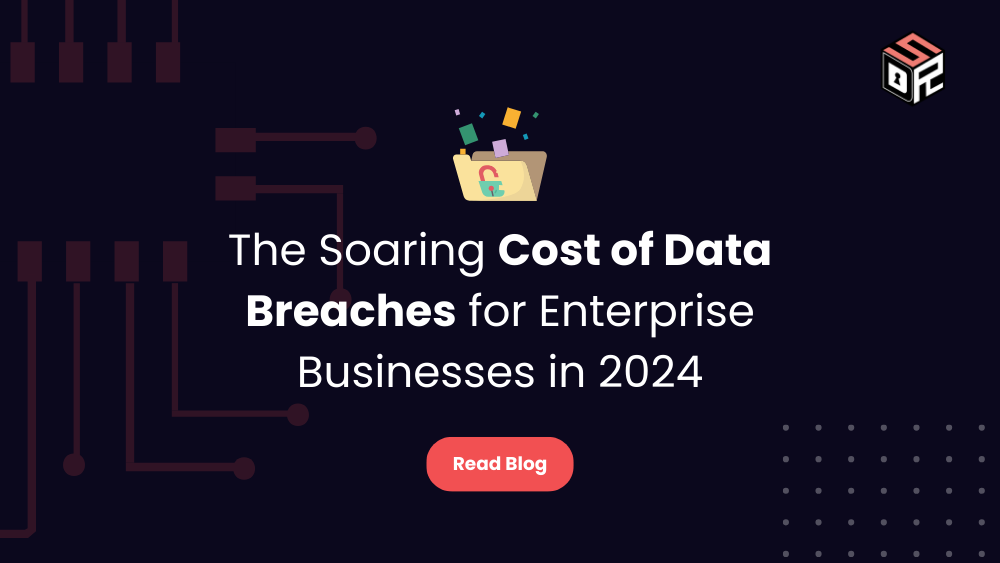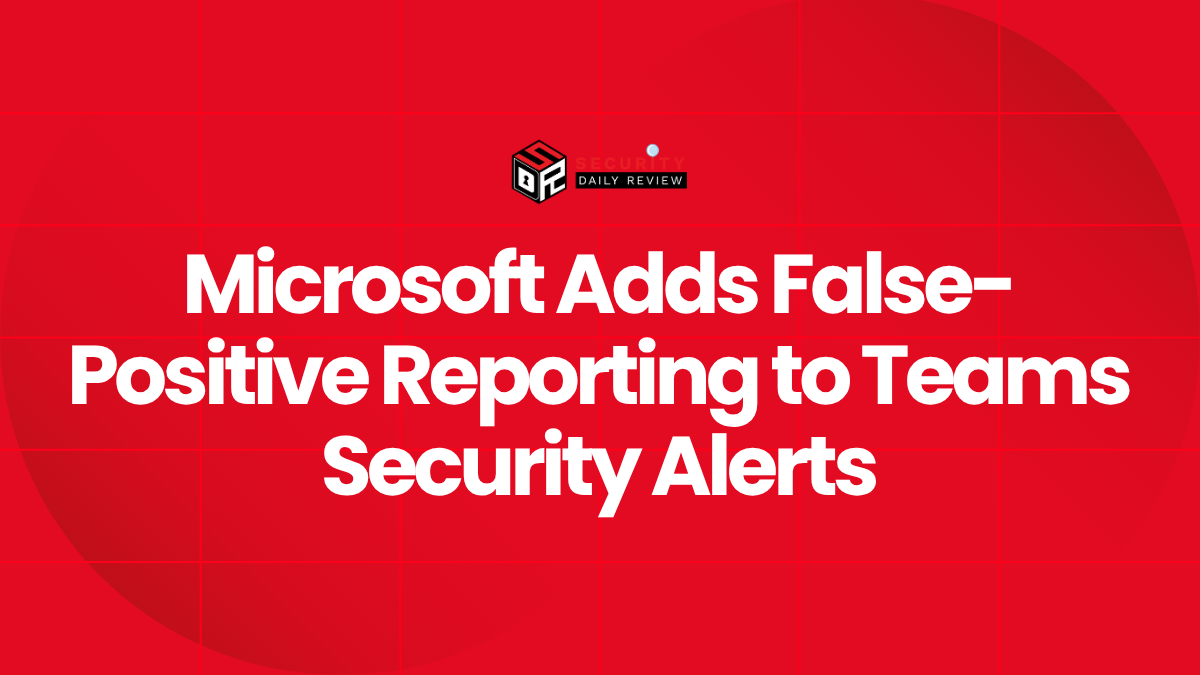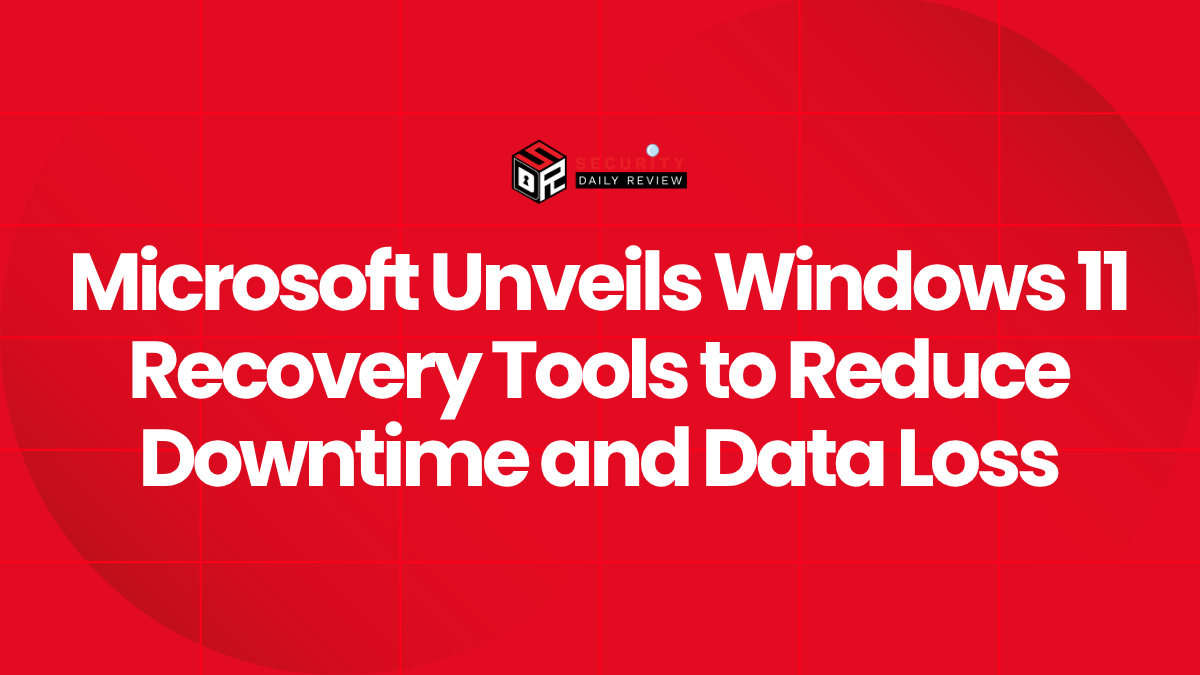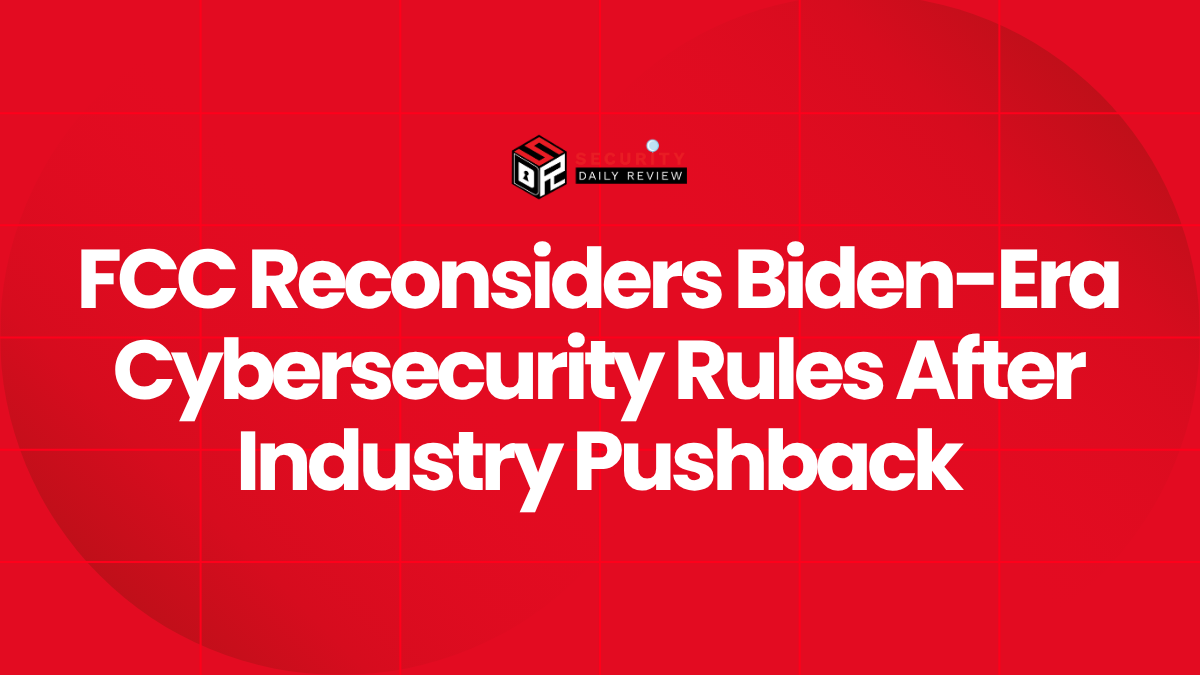The year 2024 witnessed a dramatic escalation in the cost of data breaches for businesses of all sizes, but particularly for enterprises. Reports paint a stark picture of increasingly complex attacks, longer recovery periods, and significantly higher financial losses. This blog post delves into the key findings from 2024 reports, highlighting the critical challenges enterprises face and offering insights into mitigating the devastating impact of data breaches.
The Lengthening Shadow of Recovery: Time and Cost
One of the most striking revelations from 2024 data breach reports is the significant increase in recovery time. Businesses reported an average recovery time of 7.3 months – a full 25% longer than anticipated and over a month beyond the projected 5.9 months. This delay translates directly into substantial financial losses, lost productivity, and damage to reputation.
The situation was even more dire for companies that planned to reduce their cybersecurity spending. These organizations experienced an average of 68 incidents—a staggering 70% above the average—and faced recovery times stretching to a crippling 10.9 months.
This underscores the critical importance of maintaining or increasing cybersecurity budgets, as cost-cutting measures ultimately lead to significantly higher long-term cost of data breach.
The Exorbitant Cost of Identity-Related Breaches
Identity-related data breaches emerged as a particularly expensive and damaging type of incident in 2024. A significant 40% of respondents reported experiencing such breaches, with 66% classifying them as severe events with far-reaching organizational consequences.
The financial impact was substantial, with 44% estimating that the total cost of identity-related breaches exceeded that of typical data breaches.
The agricultural and aerospace sectors were particularly hard hit. In these industries, a concerning 50% and 43% of respondents, respectively, reported that identity-related breaches cost them over $10,000,000.
The Surge in Cyber Insurance Claims: A Reflection of Rising Costs
The escalating cost of data breaches is directly reflected in the dramatic increase in cyber insurance claims. Data breaches have become one of the fastest-growing areas of US class-action litigation. In 2023, over 1,300 class-action lawsuits were filed related to data privacy violations—more than double the number in 2022 and four times the number in 2021. This surge underscores the legal and financial ramifications businesses face in the wake of a data breach.
The Mounting Cost: $4.88 Million and Beyond
IBM’s 2024 report revealed a global average cost of data breach reaching a staggering $4.88 million. This increase reflects the growing sophistication of attacks and the expanding impact on business operations.
The disruptive nature of breaches not only drives up direct costs but also extends the recovery period, with most organizations taking more than 100 days to fully recover (even among the small percentage that did fully recover – only 12%).
Ransomware’s Devastating Impact: Downtime and Work Stoppage
Ransomware attacks continue to pose a significant threat, causing widespread disruption and substantial financial losses. A staggering 94% of organizations experiencing data breaches suffered unplanned downtime, while 40% faced complete work stoppages. The impact on productivity and revenue can be catastrophic, highlighting the need for robust ransomware prevention and response strategies.
Transparency and Disclosure: A Balancing Act
While 66% of organizations publicly disclosed their data breaches, 30% only informed impacted parties. The decision of whether and how to disclose a breach is complex and involves balancing reputational concerns with legal and ethical obligations. Transparency, while challenging, can often mitigate long-term damage.
Third-Party Risks: A Growing Concern, Especially in Energy Sector
The energy sector faced a particularly acute challenge in 2024, with 90% of the world’s largest energy companies experiencing a third-party breach in the past 12 months.
A concerning 33% of these companies had a C security rating or lower, indicating a significantly higher likelihood of breaches. This highlights the critical need for robust third-party risk management programs.
The Elusive Breach: Detection Challenges
Detecting sophisticated attacks remains a significant challenge for many organizations. More than one-third of organizations reported that their existing security tools failed to detect breaches.
A concerning 31% only discovered a breach after receiving an extortion threat from the attacker. This underscores the need for advanced threat detection and response capabilities to trim the cost of data breaches.
Security Stacks and Breaches: A Paradox
Despite investing heavily in security, many enterprises still suffered breaches. A surprising 51% of enterprises reported a breach over the past 24 months, even though they had an average of 53 security solutions in place. T
his highlights the limitations of relying solely on a “security stack” approach and the need for a more holistic and proactive security strategy. The consequences were severe, with 93% of breached enterprises reporting unplanned downtime, data exposure, or financial loss.
Beyond the Numbers: Understanding the Real Impact of Data Breaches
The statistics presented earlier paint a stark picture, but they only tell part of the story. The true cost of a data breach extends far beyond the immediate financial losses. Let’s explore some of the less quantifiable, yet equally significant, consequences:
Reputational Damage: A data breach can severely damage an enterprise’s reputation, leading to loss of customer trust, decreased brand loyalty, and difficulty attracting new business. The long-term impact on brand value can be substantial, even if the immediate financial losses are relatively contained. This reputational damage can be particularly devastating for companies operating in highly regulated industries or those that handle sensitive customer data.
Regulatory Fines and Legal Costs: Non-compliance with data privacy regulations, such as GDPR or CCPA, can result in significant fines and legal costs. These penalties can be substantial, adding significantly to the overall cost of a breach. The legal process itself can be lengthy and expensive, requiring the engagement of legal counsel and potentially leading to protracted litigation.
Operational Disruption: Data breaches can cause significant operational disruption, leading to lost productivity, downtime, and delays in project completion. The time and resources required to investigate the breach, restore systems, and implement remedial measures can be substantial, impacting overall business efficiency.
Insurance Premiums: Following a data breach, insurance premiums are likely to increase significantly. Insurers assess risk based on past incidents, and a data breach will almost certainly lead to higher premiums for cyber insurance and other relevant coverage. This increased cost of data breaches is an ongoing burden, even after the immediate aftermath of the breach has subsided.
Loss of Intellectual Property: Data breaches can result in the loss of valuable intellectual property, such as trade secrets, research data, or proprietary software. This loss can have a severe long-term impact on the enterprise’s competitive advantage and future profitability. The value of intellectual property is often difficult to quantify, but its loss can be devastating.
Mitigating the Cost: Proactive Strategies for Enterprise Businesses
The escalating cost of data breaches necessitates a proactive and multi-faceted approach to cybersecurity. Simply reacting to incidents is no longer sufficient; a robust, preventative strategy is essential. Here are key strategies enterprises can implement to significantly reduce the cost of data breaches:
1. Invest in Robust Security Technologies:
- Advanced Threat Detection and Response (ATDR): Implement ATDR solutions that go beyond traditional security tools. These systems can identify and respond to sophisticated threats in real-time, minimizing the impact and duration of a breach.
- Endpoint Detection and Response (EDR): EDR solutions monitor endpoints for malicious activity, providing early warning signs of a potential breach.
- Security Information and Event Management (SIEM): SIEM systems collect and analyze security logs from various sources, providing a centralized view of security events and enabling faster incident response.
- Data Loss Prevention (DLP): DLP tools prevent sensitive data from leaving the organization’s control, reducing the risk of data breaches and minimizing the impact if a breach does occur.
- Regular Security Audits and Penetration Testing: Regular security assessments identify vulnerabilities and weaknesses in the organization’s security posture, allowing for proactive remediation.
2. Prioritize Employee Training and Awareness:
- Security Awareness Training: Regular security awareness training educates employees about phishing scams, social engineering tactics, and other common attack vectors. This is crucial, as human error remains a significant factor in many breaches.
- Phishing Simulations: Conduct regular phishing simulations to assess employee vulnerability and reinforce training.
- Strong Password Policies and Multi-Factor Authentication (MFA): Enforce strong password policies and implement MFA to protect accounts from unauthorized access.
3. Develop a Comprehensive Incident Response Plan:
- Incident Response Team: Establish a dedicated incident response team with clear roles and responsibilities.
- Incident Response Plan: Develop a detailed incident response plan that outlines procedures for identifying, containing, eradicating, and recovering from a security incident. Regularly test and update the plan.
- Communication Plan: Establish a communication plan to ensure timely and effective communication with stakeholders, including employees, customers, and regulatory bodies, in the event of a breach.
4. Strengthen Third-Party Risk Management:
- Vendor Risk Assessments: Conduct thorough risk assessments of all third-party vendors to identify potential vulnerabilities.
- Contractual Agreements: Include strong security clauses in contracts with third-party vendors, outlining their responsibilities for protecting sensitive data.
- Continuous Monitoring: Continuously monitor the security posture of third-party vendors to ensure ongoing compliance.
5. Data Backup and Recovery:
- Regular Backups: Implement a robust data backup and recovery strategy to ensure that data can be quickly restored in the event of a breach or other disaster.
- Offsite Air-Gapped Backups: Store backups offsite, and isolated them (air-gapping), to protect against cyberthreats, hackers, malware, and viruses.
- Testing Backups: Regularly test backups to ensure they are functional and can be restored effectively.
6. Embrace a Zero Trust Security Model:
- Least Privilege Access: Grant users only the minimum necessary access rights to perform their jobs.
- Microsegmentation: Divide the network into smaller, isolated segments to limit the impact of a breach.
- Continuous Authentication: Continuously verify user identities and access rights.
By implementing these proactive strategies, enterprises can significantly reduce the likelihood and impact of data breaches, minimizing the associated costs and protecting their reputation. Remember that a holistic approach, combining technological solutions with employee training and comprehensive planning, is crucial for effective cybersecurity.
Conclusion
The data from 2024 paints a clear picture: the cost of data breaches is escalating rapidly, impacting businesses across all sectors. The increasing sophistication of attacks, coupled with longer recovery times and significant financial losses, demands a proactive and comprehensive approach to cybersecurity. Enterprises must invest in robust security measures, prioritize employee training, and develop comprehensive incident response plans to mitigate the devastating impact of data breaches. Ignoring these risks is simply not an option.
FAQs
Q: What was the average cost of data breach in 2024?
A: The global average cost of a data breaches in 2024 reached $4.88 million, according to IBM.
Q: How long does it take to recover from a data breach?
A: The average recovery time in 2024 was 7.3 months, significantly longer than anticipated. This time increased dramatically for organizations that cut cybersecurity spending.
Q: Are identity-related breaches more costly?
A: Yes, 44% of respondents estimated that the total cost of identity-related data breaches exceeded the cost of a typical data breach. In some sectors, like agriculture and aerospace, these costs exceeded $10 million.
Q: How can enterprises reduce the cost of data breaches?
A: Proactive measures are crucial. This includes investing in robust security technologies, employee training, incident response planning, and strong third-party risk management. Cutting cybersecurity spending is counterproductive and ultimately increases costs.









